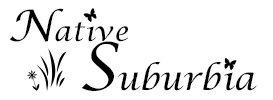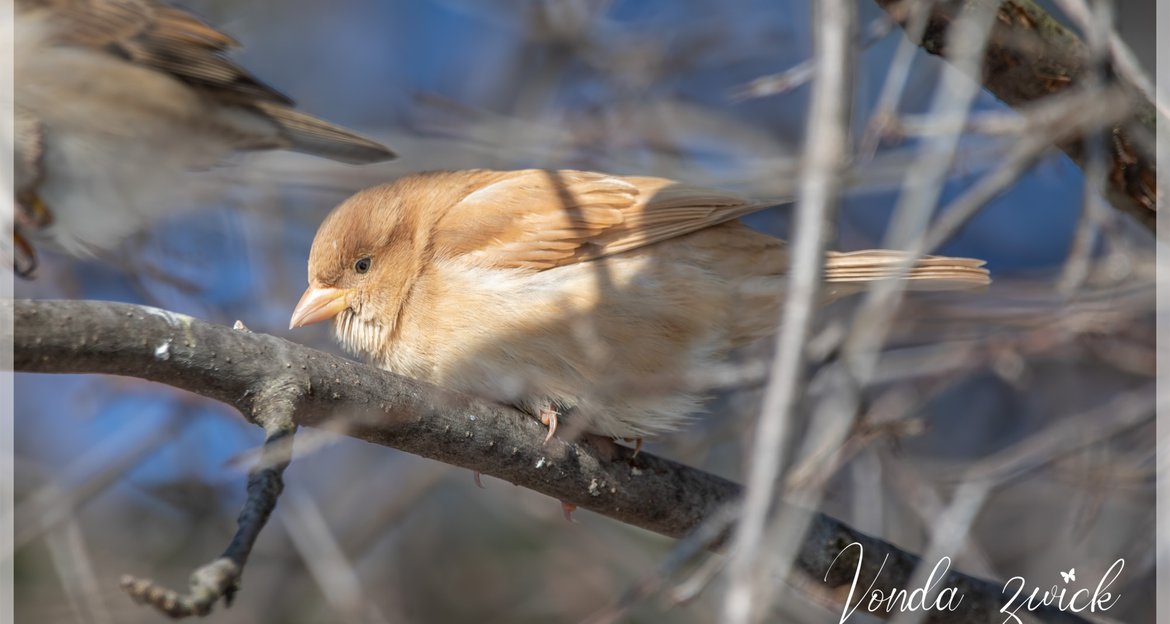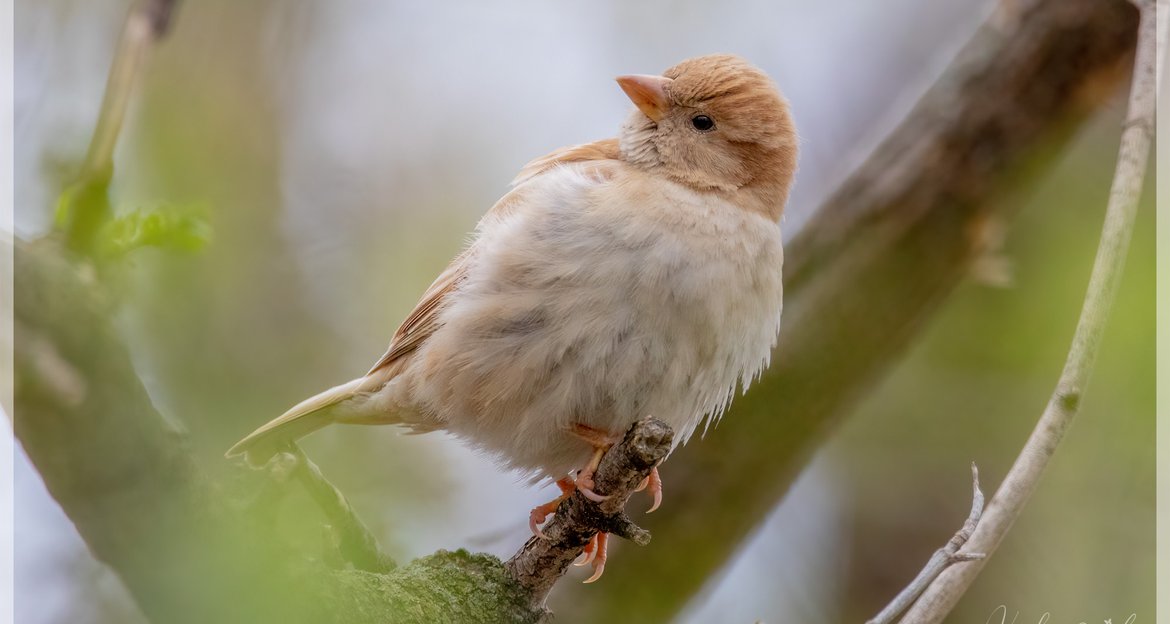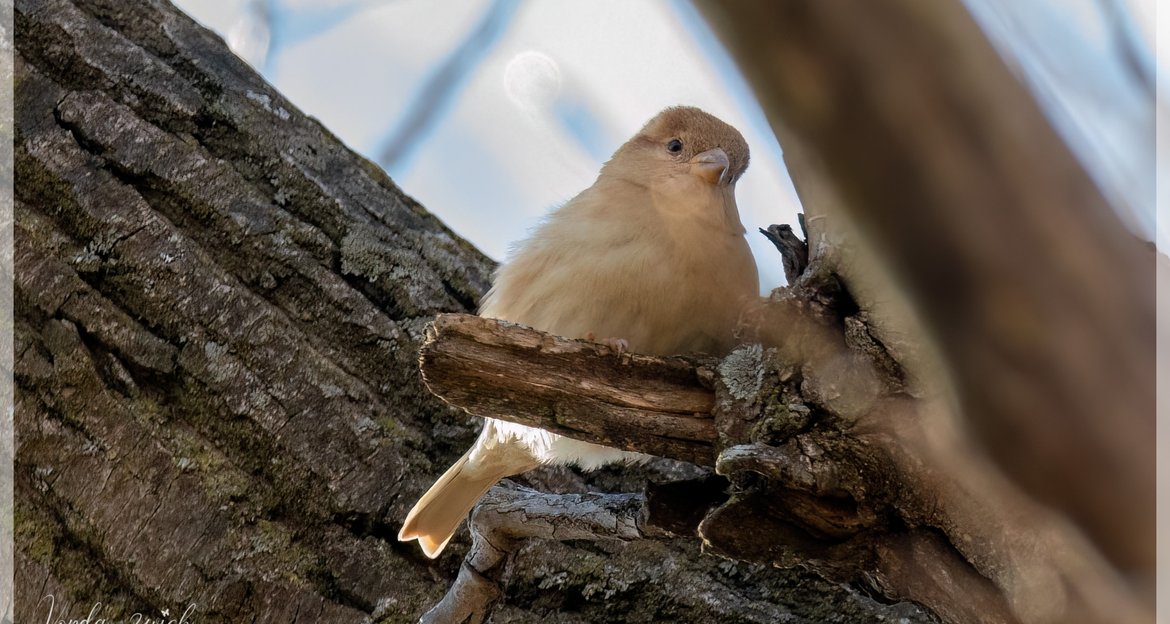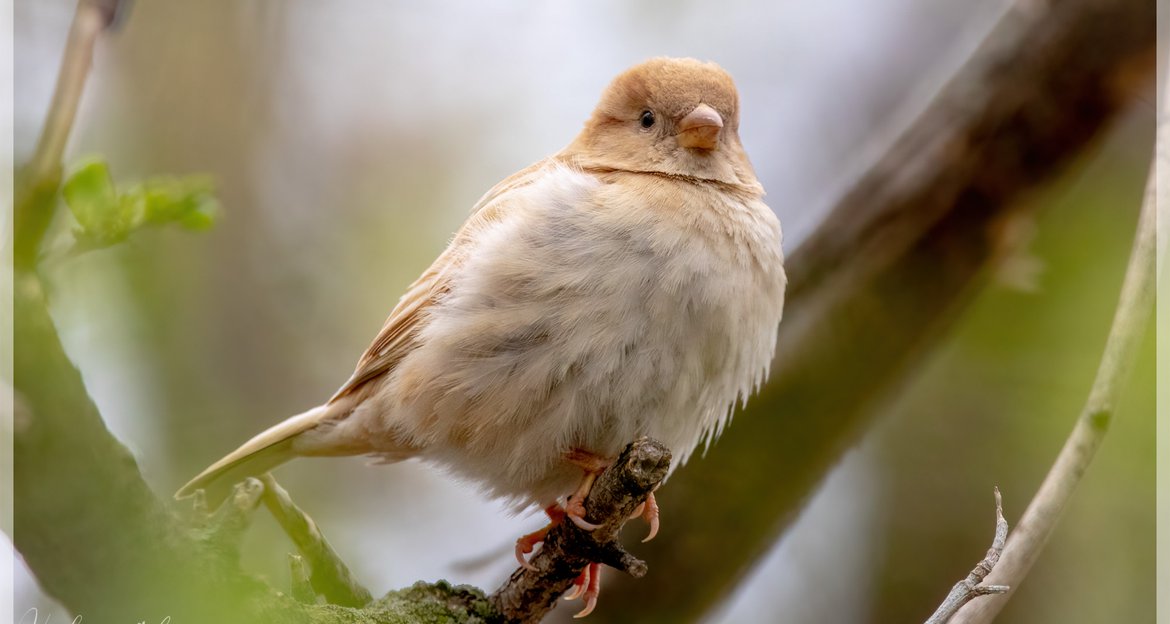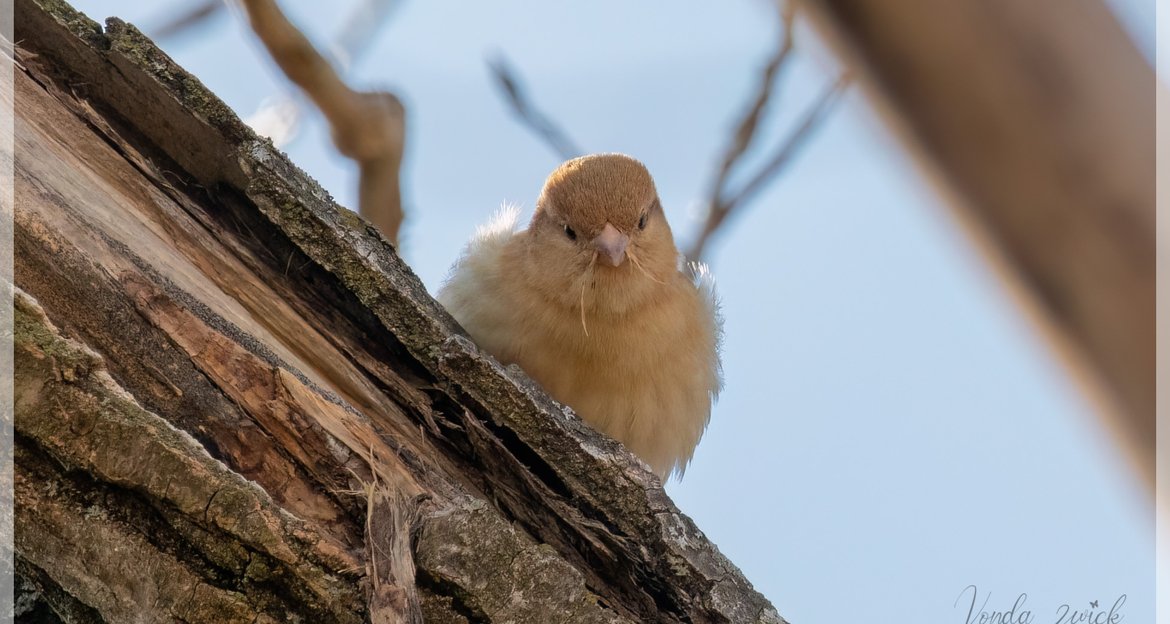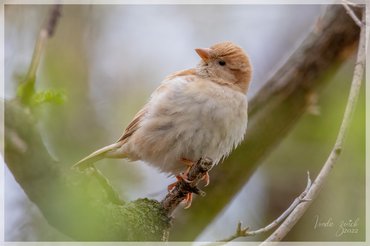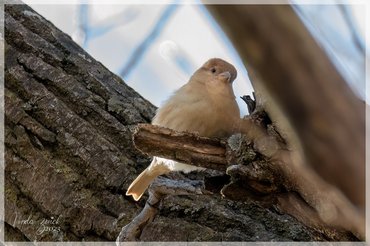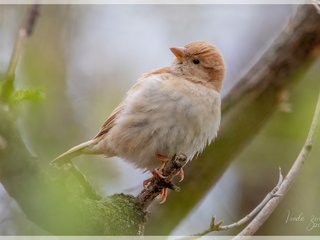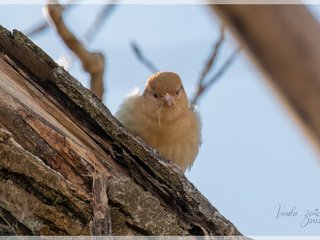House Sparrow - Brown Mutation
Posted by Vonda on Jan. 20, 2021
I spotted this interesting sparrow on our morning walk. From a distance, it looked like a fawn society finch, escaped from captivity. On closer examination, color aside, it was much more similar to a House Sparrow than a society finch. It was mixed in with a group of House Sparrows and a few American Tree Sparrows.
I have never seen a wild bird this color, and while I believed it to be a House Sparrow mutation, I thought I should exhaust other avenues as well. The wonderful Merlin app, so good with sparrow identification, didn't come anywhere close on this one. In desperation, it threw out far-fetched absurdities like cormorant, owl, or grouse species. I then proceeded to page through The Sibley Guide to Birds, examining all of the seedeaters, looking for anything with this unique coloration. Maybe an immature or a color variant of something. But of course, there was nothing.
That left me back at House Sparrow mutation. My first Internet search turned up a reference to a similarly colored bird, labeling it leucistic. I have seen my fair share of leucistic sparrows, but they have never presented like this. I didn't feel that was right, so I examined those sources. They all led back to one particular blog post. Feeling confident that post did not have the whole story, I kept digging.
I found this study examining the various color mutations of the House Sparrow and everything became clear. This paper nicely defines the variety of mutations that have been found in the House Sparrow. Leucism is defined as the lack of both eumelanin (dark pigment) and phaeomelanin (reddish pigment). The brown mutation, on the other hand, is the lack of melanin, while phaeomelanin (reddish pigment) remains unaffected. Brown mutation House Sparrows present with the reddish coloration shown in my photo as well as the photos from the other blog post.
The brown mutation is sex-linked. As such, it usually only presents in female birds. In birds, females have WZ sex chromosomes whereas males have WW. For a female to express the brown mutation, it need only get one copy of the W gene with the mutation present. For male birds to present with the mutation, it must receive two copies of the gene - and that is highly unlikely to occur. Both the sparrow in the blog post and the sparrow in my pic are female birds.
